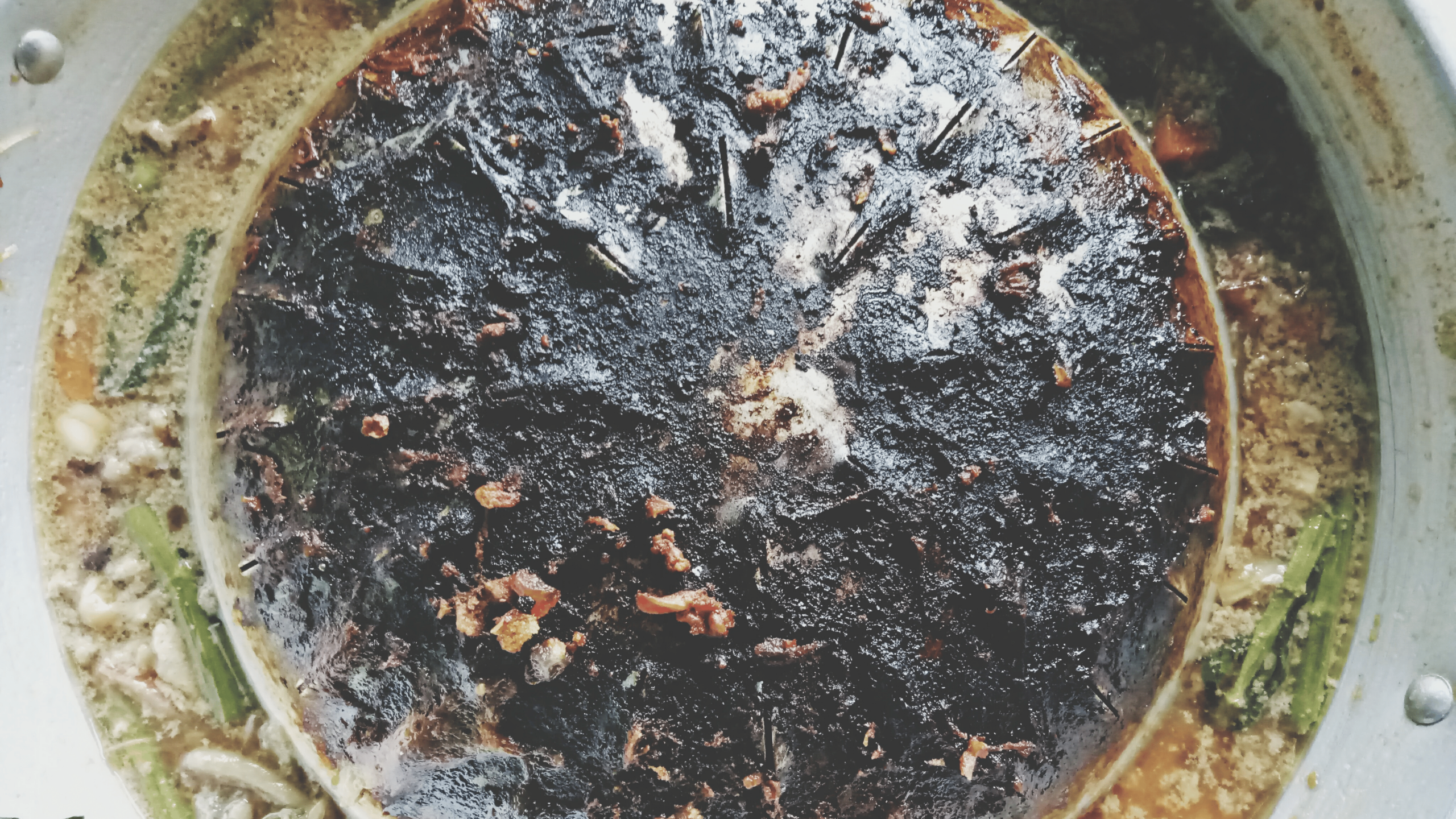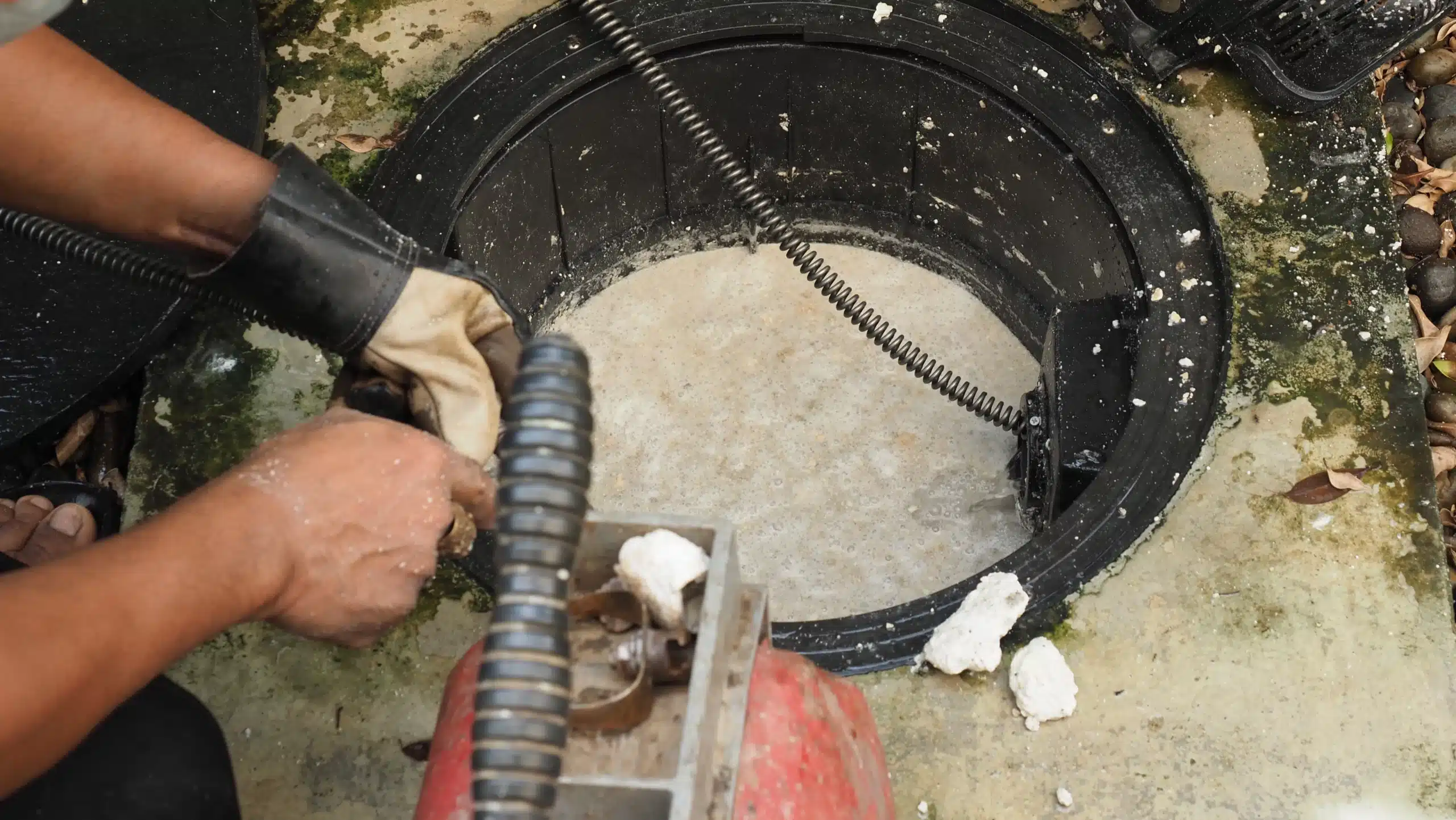Regular grease trap pumping is compulsory, or the municipal authorities could close your food business, until you comply!
Everything that goes through the sink will pass through the trap. That way, most of the water can pass through while the FOG (fats, oils and grease) stays behind, to be pumped out.
Step by step process of pumping a grease receptor
Before you can start your restaurant operations, you need to install a grease trap. After that, you have to pump it out in time. There is a simple process to all this as you will read here. So, how will you go about it?
Step 1: Open and inspect the grease trap
When you open the grease trap, you will see a layer of grease debris on the top, sometimes floating on the water or sometimes seeming stuck even to the sides of the trap.
If it looks like a solid layer, you need to shake the grease loose and then you can skim it out into the waste bags. You will leave water on the top and more grease in the bottom of the interceptor.
Step 2: Vacuum out the grease at the bottom of the interceptor
Here, you have to insert the vacuum hose into the grease interceptor. You should leave this job to the company that installed the grease interceptor or a company that specializes in offering such services, since you might not have these tools.
This hose goes to the bottom of the trap and siphons out the grease, leaving the water. Once all of the grease is gone into the suction bag, you can move onto the next step.
Step 3: Vacuum out the water
You need to vacuum out the water separately. This is easy and it should not take too much time. Once the water is gone, you will be able to see the sides and the bottom of the grease trap. Don’t worry if a little water remains in the chamber. We will get to that soon enough.
Step 4: Clean the sides and the bottom of the grease trap
You will need a scraper for this job. There will be grease stuck on the walls and the floor of the grease trap. Now, you need to scour that out gently so that you do not scratch the sides too much. Once it is all unstuck, scoop it out and vacuum out any remaining water.
Step 5: Clean the interceptor with water and soap
Use warm, soapy water to clean the grease trap completely! You will know it is clean when there is no stink coming out of it. Drain out the water you have used to clean it.
Step 6: Inspect the trap for blockages
The grease receptor has an inlet and outlet. You need to check that both of them are not clogged with grease. You can open the sink taps a bit and let the water flow. If it is okay, you are almost done!
Step 7: Return the lid and secure it in place
Return the lid of the grease trap, secure it in place and check that it is completely sealed. Now, the only thing remaining is the proper disposal of the collected grease.
Maintain a regular grease trap cleaning schedule so that FOG do not build up and spill over to your floor, especially for interceptors installed under the sink.


